10 Best ETFs to Buy for Beginners
If you’re just starting to invest your money, exchange-traded funds (ETFs) are one of the best places to begin.


If you’re just starting to invest your money, exchange-traded funds (ETFs) are one of the best places to begin. Like mutual funds, these instruments allow new investors to easily invest in large baskets of assets – stocks, bonds and commodities among them – often with lower annual expenses than what similar mutual funds charge. But what qualifies a fund to be among the best ETFs for beginners? Target these qualities:
Low fees. Young people just now starting to invest have decades to work with. Thus, they have a lot of time to benefit from the cost savings of low annual expenses. For instance, over the course of 30 years, a $10,000 investment in a fund that charges 0.1% in fees and gains 7% annually will make over $17,500 more than a fund with the exact same performance but a full 1% in fees.
Wide exposure. As a novice investor, it’s best to spread your bets rather than risk all of your money on a single, narrow investment. So, for instance, you may want to start out with a broad international fund that invests in several countries until you learn how to identify opportunities in a specific country. Once you gain experience, you can make more informed decisions about devoting some of your savings to concentrated investments.
Stable growth. Beginning investors may be more prone to making moves out of fear – such as when an investment suddenly moves lower, more quickly than the rest of the market. No fund is guaranteed to never experience a significant drop, and trying to avoid volatility altogether can keep you from significant gains. However, beginners should try to stick to “buy-and-hold” funds meant to integrate safety and stability without sacrificing too much growth.
The 10 best ETFs for beginners, then, will have some or all of these traits. Let’s explore:
Data is as of March 19, 2018. Yields represent the trailing 12-month yield, which is a standard measure for equity funds. Click on ticker-symbol links in each slide for current share prices and more.
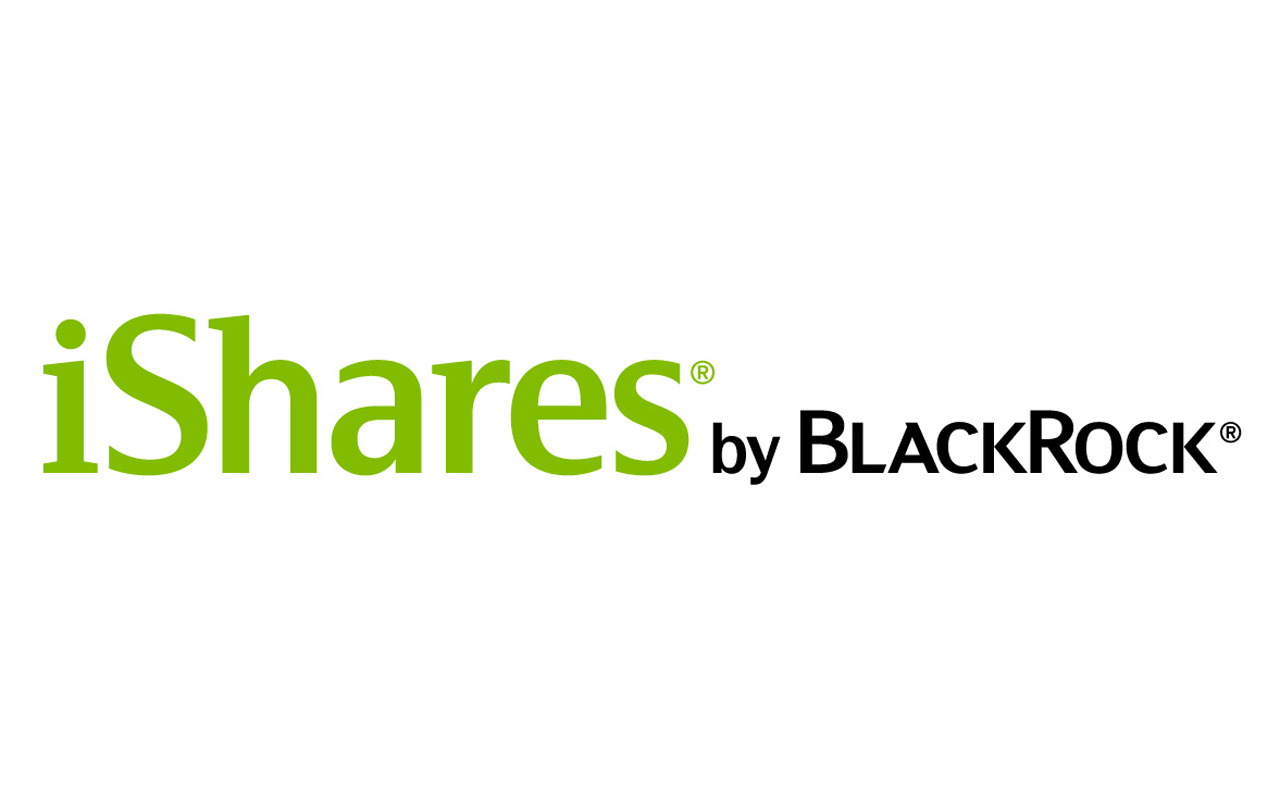
iShares Core S&P Total U.S. Stock Market ETF
- Type: All-cap
- Market value: $13.3 billion
- Dividend yield: 1.7%
- Expenses: 0.03%
If you wanted to own just one fund for stock-market coverage, the iShares Core S&P Total U.S. Stock Market ETF (ITOT, $62.29) may very well be it. This exchange-traded fund invests in a wide range of U.S. stocks large and small, and its low nominal price means that anyone who wants to get started investing can gain wide exposure for less than $100.
Specifically, what you’re getting is a (small) piece of more than 3,400 companies, from titans such as $903 billion tech behemoth Apple (AAPL) to tiny startups such as $8 million medical device company InspireMD (NSPR). From an industry standpoint, you’re positioned for growth with nearly 25% of the fund invested in information technology stocks, while a 15% allocation to financials will allow the fund to capitalize in general growth in the U.S. economy.
And while the fund does invest in smaller stocks, the largest chunk of ITOT’s assets are in large-cap stocks – typically considered to be companies worth $10 billion or more in market capitalization, which is calculated by multiplying stock price by shares outstanding. In theory, this should help the fund be less volatile and more stable than funds investing only in small or medium-sized companies.
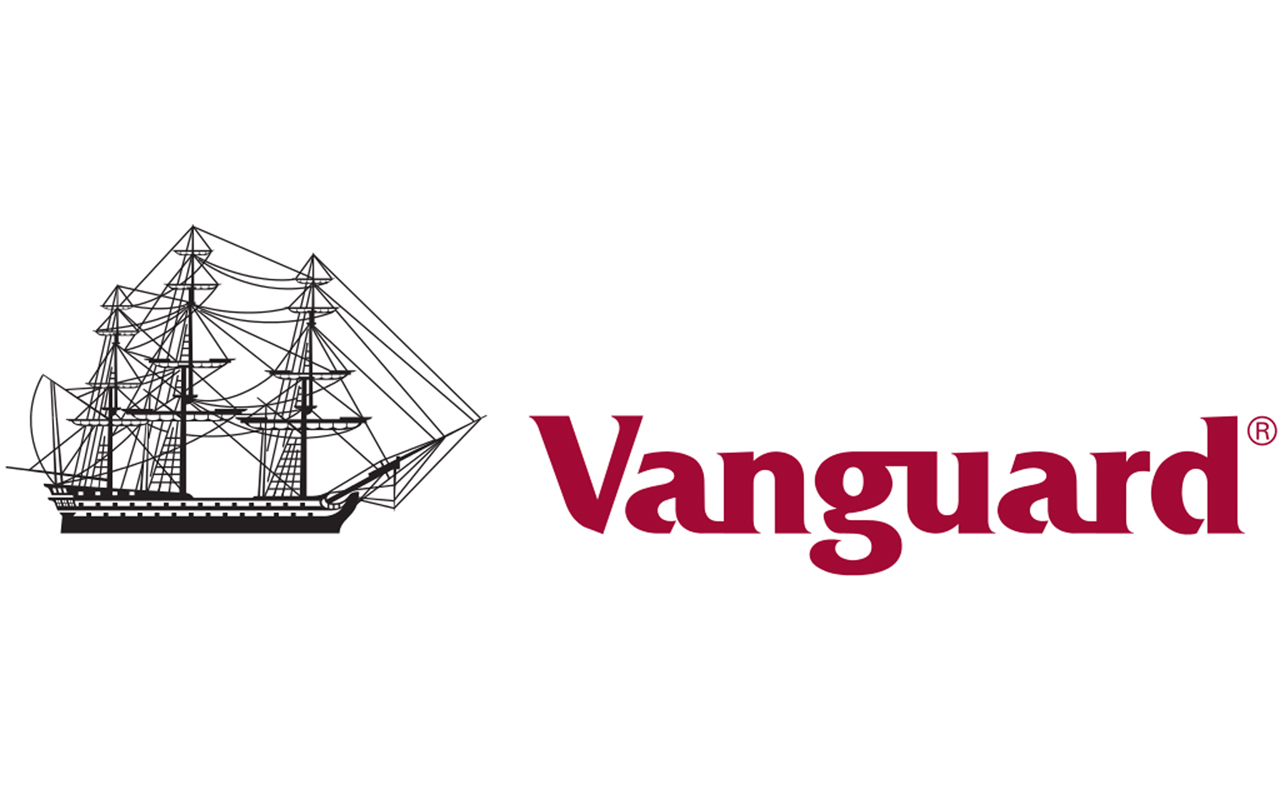
Vanguard S&P 500 ETF
- Type: Large caps
- Market value: $90.3 billion
- Dividend yield: 1.8%
- Expenses: 0.04%
If you’re a beginner hoping to build a portfolio using more than just one fund, you’ll still want to be anchored in large-cap stocks. These companies typically have established, diverse businesses that can better withstand hardship than smaller companies, and thus can provide stability to a portfolio.
One of the most popular ways of buying large caps is investing in the Standard & Poor’s 500-stock index – a group of 500 companies that is largely considered representative of the U.S. economy. It features all the different sectors of the market, from technology to utilities to consumer stocks and more. And even the smallest companies in the index are far from “small” – the bottom of the S&P includes stocks such as $14 billion Lennar (LEN), which at America’s largest home construction company by revenue, as well as $6.7 billion athletic apparel maker Under Armour (UAA).
The Vanguard S&P 500 ETF (VOO, $249.59) is one of three ETFs that track this index, providing exposure to every company in the S&P 500. However, the S&P 500 is market cap-weighted, which means the largest stocks make up the largest-percentage portions of the index. Thus, VOO and its brethren are most heavily invested in companies such as Apple, Alphabet (GOOGL) and Microsoft (MSFT) – whose market values are measured in hundreds of billions. Thus, they have the greatest effect on the VOO’s performance.
VOO’s expenses are just 0.04%, which means that you pay just $4 dollars annually on every $10,000 you invest in the fund. That makes it one of the best Vanguard ETFs if you’re looking to build a dirt-cheap portfolio – and one of the best broad-market funds for beginners.
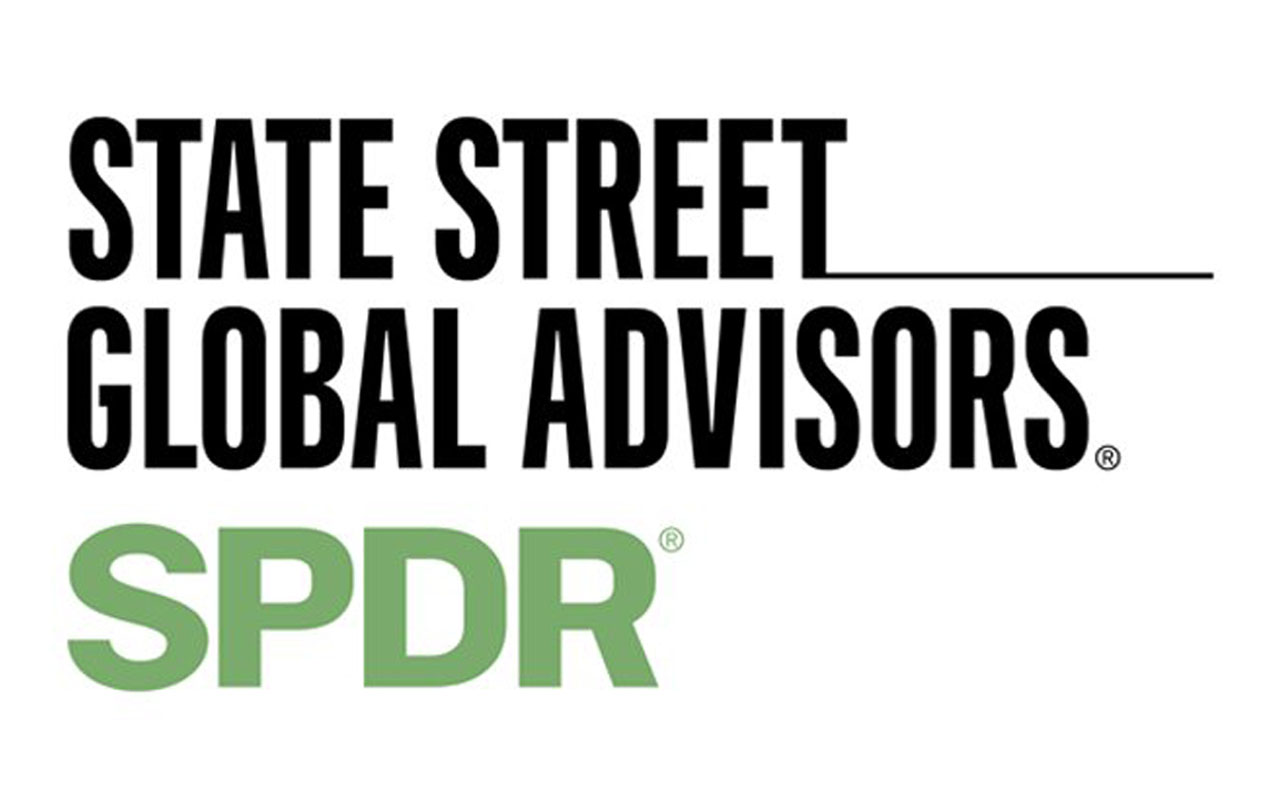
SPDR Portfolio S&P 500 Value ETF
- Type: Large-cap value
- Market value: $1.4 billion
- Dividend yield: 2.2%
- Expenses: 0.04%
One way you can direct your portfolio early on is determining whether you want to tilt toward one of the two major investing styles: growth or value.
You’ve likely heard the name Warren Buffett before. That’s because the legendary investor gained fame and fortune by investing with a firm adherence to value principles. In value investing, your goal is to identify companies whose stock prices don’t accurately reflect the worth of their underlying businesses. Put more succinctly, you’re looking for bargains. There are several ways to identify bargains, but the most popular ways involve comparing the stock price to various operational metrics.
The SPDR Portfolio S&P 500 Value ETF (SPYV, $29.92) is an easy way for investors to gain exposure to these so-called value investments. The SPYV tracks an index that targets S&P 500 companies with strong value characteristics, using three popular measures: price-to-earnings (profits), price-to-sales (revenues) and price-to-book (book value, or total assets minus intangibles and liabilities). And like VOO, SPYV is market-cap weighted, so the largest holdings at the moment include Buffett’s own Berkshire Hathaway (BRK.B), as well as mega-bank JPMorgan Chase (JPM) and integrated energy titan Exxon Mobil (XOM).
The upside of large, value-oriented companies is that they often pay out regular dividends, which are cash distributions to shareholders. SPYV, representing the value-focused stocks of the S&P 500, yields 2.2% in dividends at the moment, which is better than the 1.8% yield on the broader index.

SPDR Portfolio S&P 500 Growth ETF
- Type: Large-cap growth
- Market value: $2.1 billion
- Dividend yield: 1.3%
- Expenses: 0.04%
The other way you can go is growth, which in principle is about as straightforward as it sounds.
In growth investing, you try to identify companies that you expect will grow revenues and profits more quickly than their peers. These companies typically pour every available dollar back into their business to spur even more growth, whether that’s via research and development, building new facilities or hiring more workers.
As a result, most gains are going to be driven almost entirely by share gains, as these companies are far less likely to spend any money to pay out dividends – after all, that’s cash that could be going toward making the company even larger. Indeed, the yield on SPDR Portfolio S&P 500 Growth ETF (SPYG, $34.67) – which invests in S&P 500 companies with growth characteristics – is a mere 1.3%.
Like its sister fund, SPYG is market-cap-weighted, so top holdings are a who’s who of the S&P 500’s largest growth names. At the moment, that’s Apple, Microsoft and e-commerce leader Amazon.com (AMZN).

Vanguard Small Cap ETF
- Type: Small-cap
- Market value: $22.7 billion
- Dividend yield: 1.4%
- Expenses: 0.06%
While you should anchor your investments with large-cap stocks, that doesn’t mean that small-cap stocks are inherently bad. In fact, they serve an important role in most diversified portfolios.
Small companies can deliver much more growth than larger, more established companies. The general idea goes that it’s much easier for a company to double its revenues from $1 million than it is to double them from $1 billion – and since growth tends to drive share prices higher, it’s reasonable to expect more price upside out of smaller-cap stocks than larger-cap stocks.
The problem? Risk, of course. A $200 billion large-cap company is very likely to have several lines of business that insulate it against weakness in any one product, have much larger cash reserves that it can use in times of hardship, and have easier access to capital, such as raising debt. But a smaller company may have just one or two products, meaning a failure in one could cripple the business – and even under normal circumstances, it would be much more difficult to generate interest in what would be a much riskier debt offering to raise funds.
Funds such as the Vanguard Small Cap ETF (VB, $150.29) help protect against this single-stock risk via strength in numbers. That is, the fund holds more than 1,400 stocks, and even the largest company only makes up four-tenths of a percent of the fund’s assets. This ensures that if even a few companies implode and their stocks plunge, it will result in very little negative impact on the whole fund. The point of VB is to ride the general trend of growth among its thousands of components.
At the moment, VB’s top holdings include companies such as development-stage biopharma outfit Nektar Therapeutics (NKTR) and independent oil-and-gas company Diamondback Energy (FANG).

Vanguard High Dividend Yield ETF
- Type: Dividend
- Market value: $20.5 billion
- Dividend yield: 3.2%
- Expenses: 0.07%
Dividends are not guaranteed – a company can pull its dividend at any given time if it wants to. However, companies that initiate a regular dividend typically only do so when they believe they are able to maintain it (and, usually, raise it) over the long-term.
This type of income is considered to be mostly stable in nature, and thus is a mainstay of retirement investors looking for a consistent stream of cash once they no longer receive a regular paycheck.
The Vanguard High Dividend Yield ETF (VYM, $84.69) is one of the largest ETFs that focuses on a high stream of dividends. It invests in a basket of nearly 400 mostly large-cap stocks that have above-average yields, resulting in a secure portfolio that delivers more than 3% in annual yield.
While technology typically is considered a growth sector, VYM dedicates almost 17% of its portfolio to tech, which does have a number of generous dividend payers. Financial stocks including JPMorgan and health care stocks including Johnson & Johnson (JNJ) also play significant roles in this ETF.

iShares Core MSCI EAFE ETF
- Type: Developed markets
- Market value: $56.3 billion
- Dividend yield: 2.6%
- Expenses: 0.07%
While all the previously mentioned funds have centered around American companies, beginner investors don’t need to restrict their investments to the U.S. In fact, most healthy portfolios have at least a little international exposure to help provide protection against the occasional slump in domestic stocks.
Investors looking to add international stocks into the fold while still achieving some stability should look to the iShares Core MSCI EAFE ETF (IEFA, $65.99).
The IEFA invests in a wide basket of stocks in so-called developed countries – countries that feature more mature economies, more established markets and less geopolitical risk than other parts of the world. That means Japan, the largest geographical position at a full quarter of the fund, Australia and a heaping helping of western European countries.
Also, while the iShares Core MSCI EAFE ETF does invest in more than 2,500 stocks across capitalizations of all sizes, its market-cap-weighting means that most of the heavy lifting is done by large-cap stocks, many of which dole out generous dividends. Top holdings, then, while being domiciled overseas, should be familiar considering they’re mostly multinational in nature – companies such as Swiss consumer staples play Nestle (NSRGY), U.K.-based mega-bank HSBC Holdings (HSBC) and Japanese automaker Toyota (TM).

iShares Core U.S. Aggregate Bond ETF
iShares Core U.S. Aggregate Bond ETF
- Type: U.S. bond
- Market value: $54.2 billion
- SEC yield: 2.7%*
- Expenses: 0.05%
Another way to diversify is by asset class; that is, going beyond stocks. The most common way of doing that is to invest in bonds – essentially, debt issued by some sort of entity, be it a government or a corporation, that eventually will be repaid and that generates income along the way. These typically have a very low risk of actually losing their principal value, which makes them good for preserving what wealth you do have. In fact, in times of uncertainty, investors might sell some stocks and buy relatively “safer” bonds instead.
However, beginner investors – especially younger ones that have several decades’ worth of investment horizon left – typically don’t need much in the way of bond exposure. Over time, they historically don’t grow nearly as much as stocks. For instance, from 1928 to 2011, U.S. stocks produced a 9.3% annual compound return, while bonds delivered just 5.1%.
Should you want a little exposure to bonds, the iShares Core U.S. Aggregate Bond ETF (AGG, $106.59) is one of the best ETFs to start with. This ETF invests in more than 6,650 bonds of different stripes, including U.S. Treasuries – some of the most highly rated (and thus considered safe) debt on the planet – investment-grade corporate debt and securities that are backed by mortgages.
And at 2.7%, AGG yields a decent amount more than the S&P 500. But while it offers safety and yield, remember that stocks are likely going to outperform it over time.
*SEC yield reflects the interest earned after deducting fund expenses for the most recent 30-day period and is a standard measure for bond and preferred-stock funds.
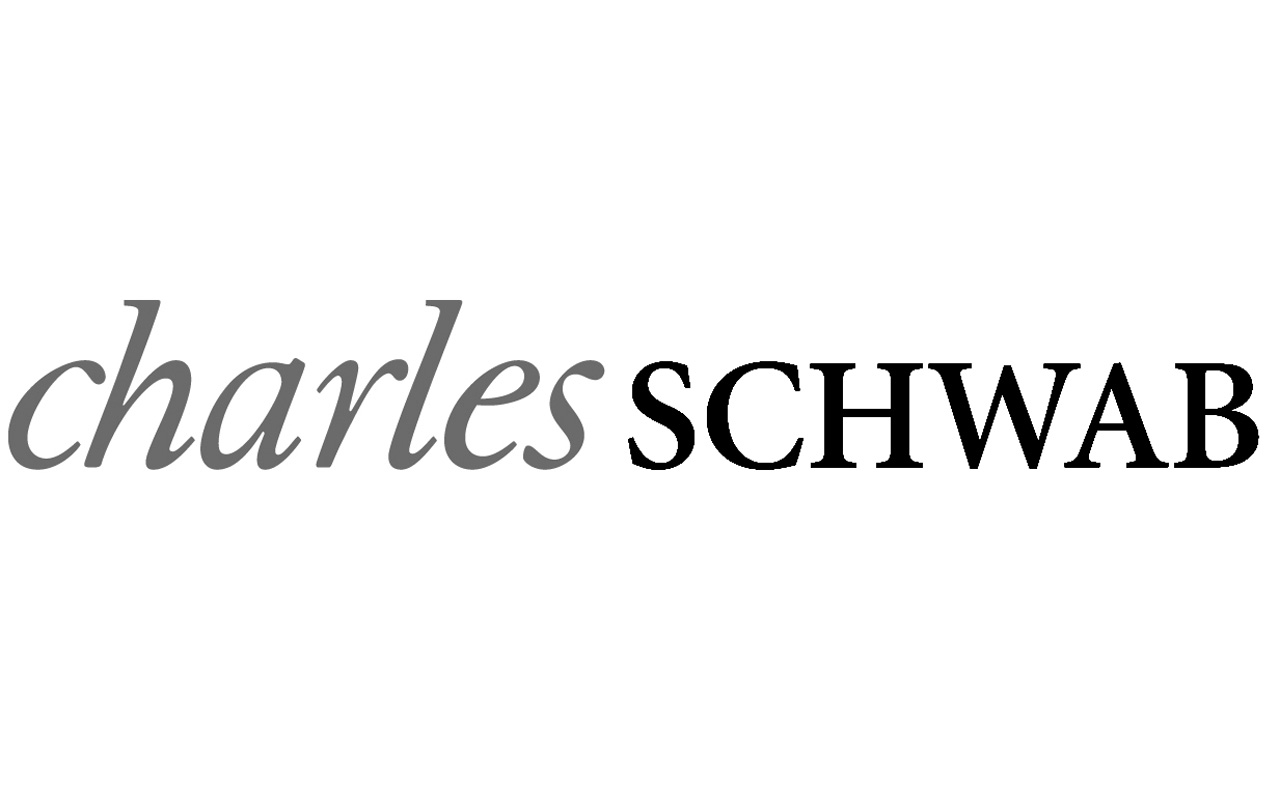
Schwab Short-Term U.S. Treasury ETF
- Type: Short-term Treasury
- Market value: $2.3 billion
- SEC yield: 2.2%
- Expenses: 0.06%
Short-term bonds (typically five years or less) are considered to be among the safest debt you can buy because there’s relatively less chance of default than bonds with say, 10 or 20 years left until maturity. Better still, they tend to suffer less impact from changes in interest rates. Typically, when interest rates rise, that hurts the value of previously existing bonds that have lower rates – but the impact is lessened on short-term bonds because they’ll mature much more quickly.
The result? Short-term bonds, while often yielding less than longer-term bonds, tend to move far less, and thus are a place many investors go when they want to keep their funds safe in a volatile market.
The Schwab Short-Term U.S. Treasury ETF (SCHO, $49.77) provides exposure to this area of the market, investing in 100 different U.S. Treasury issues of between one and three years to maturity.
As you can see, this fund yields less than the AGG, which holds bonds with much longer maturities. Thus, AGG may be a better choice for longer-term income and getting diversification into bonds. However, SCHO can act as a place of safety when the market is very volatile.

iShares U.S. Preferred Stock ETF
- Type: Preferred stock
- Market value: $16.6 billion
- SEC yield: 5.5%
- Expenses: 0.47%
One source of high income that also sports very low volatility is a so-called “hybrid” called preferred stocks. As Kiplinger explains:
“Similar to common stocks, preferreds represent an ownership stake in a company. The shares pay a fixed, preset dividend, typically every three months. They’re called preferred because companies must pay dividends to preferred holders before they can pay dividends on common stocks.”
That fixed dividend – which often is high, between 5% and 7% annually – is more like a bond’s coupon payment, as is the fact that preferred stocks typically don’t have voting rights (whereas common stocks usually do). Moreover, preferreds tend to not move much in either direction because they’re typically tethered to a “par” value that’s set when they’re issued.
The iShares U.S. Preferred Stock ETF (PFF, $37.63) is the most popular preferred-stock fund on the market. Its basket of roughly 300 preferred stocks is largely from big financial companies such as Barclays (BCS) and Wells Fargo (WFC), though it also holds issues from real estate, energy and utility companies, among others.
This fund yields a hefty 5.5%, which is greater than every other fund on this list. But remember: Unlike common stocks, preferred stocks move very little, so investors shouldn’t expect much more in the way of returns past the dividend.
Profit and prosper with the best of Kiplinger's advice on investing, taxes, retirement, personal finance and much more. Delivered daily. Enter your email in the box and click Sign Me Up.
Kyle Woodley is the Editor-in-Chief of WealthUp, a site dedicated to improving the personal finances and financial literacy of people of all ages. He also writes the weekly The Weekend Tea newsletter, which covers both news and analysis about spending, saving, investing, the economy and more.
Kyle was previously the Senior Investing Editor for Kiplinger.com, and the Managing Editor for InvestorPlace.com before that. His work has appeared in several outlets, including Yahoo! Finance, MSN Money, Barchart, The Globe & Mail and the Nasdaq. He also has appeared as a guest on Fox Business Network and Money Radio, among other shows and podcasts, and he has been quoted in several outlets, including MarketWatch, Vice and Univision. He is a proud graduate of The Ohio State University, where he earned a BA in journalism.
You can check out his thoughts on the markets (and more) at @KyleWoodley.
-
 'Humbug!' Say Consumers, Despite Hot GDP: Stock Market Today
'Humbug!' Say Consumers, Despite Hot GDP: Stock Market Today"The stock market is not the economy," they say, but both things are up. Yet one survey says people are still feeling down in the middle of this complex season.
-
 The SEC Is Concerned for Older Investors and Retirement Savers. Here's What You Should Know
The SEC Is Concerned for Older Investors and Retirement Savers. Here's What You Should KnowThe SEC focusing on older investors, retirement and college savers, and private securities. Here's how those changes impact you.
-
 Vesting, Catch-Ups and Roths: The 401(k) Knowledge Quiz
Vesting, Catch-Ups and Roths: The 401(k) Knowledge QuizQuiz Test your understanding of key 401(k) concepts with our quick quiz.
-
 The 24 Cheapest Places To Retire in the US
The 24 Cheapest Places To Retire in the USWhen you're trying to balance a fixed income with an enjoyable retirement, the cost of living is a crucial factor to consider. Is your city the best?
-
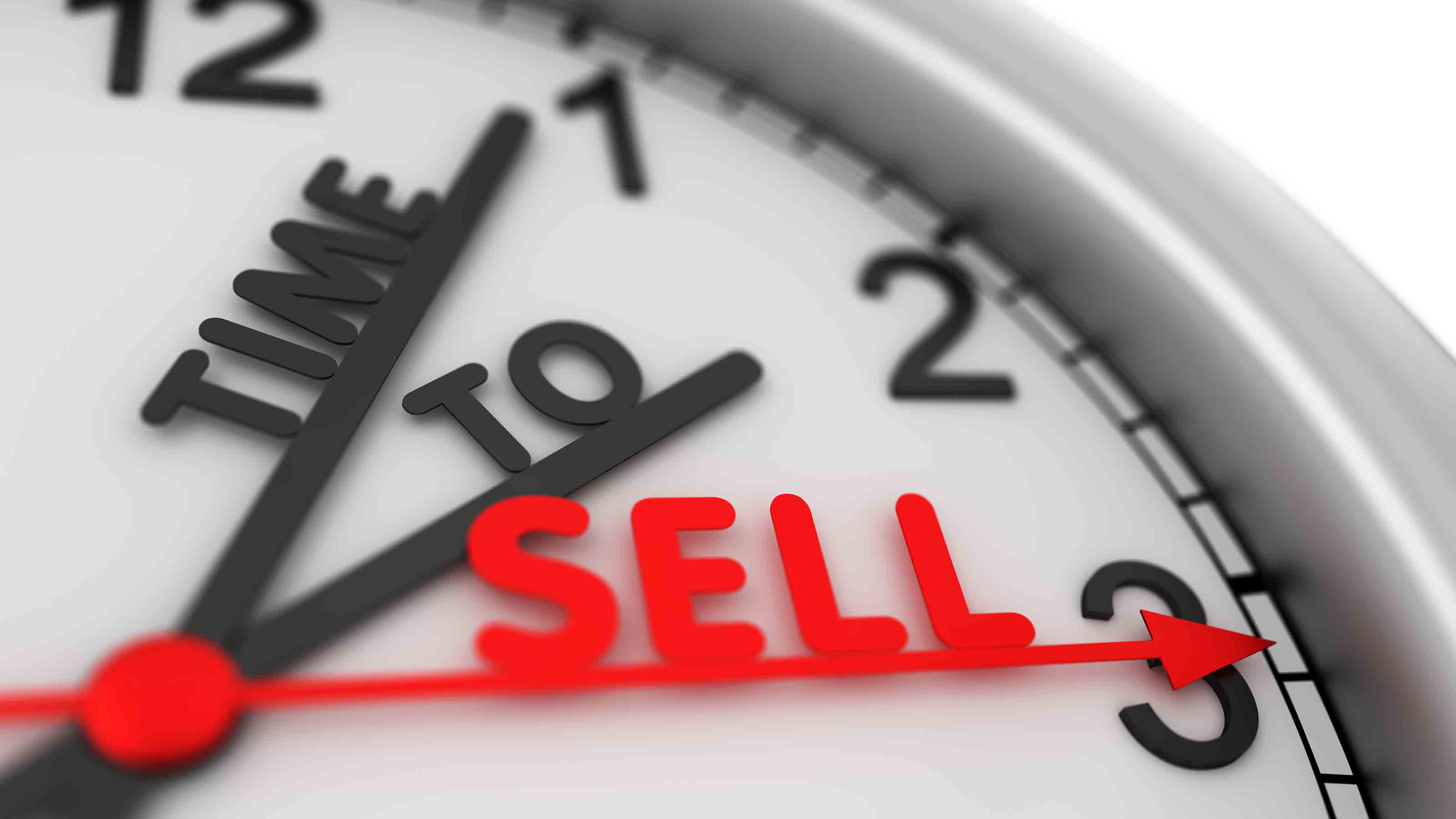 5 Stocks to Sell or Avoid Now
5 Stocks to Sell or Avoid Nowstocks to sell In a difficult market like this, weak positions can get even weaker. Wall Street analysts believe these five stocks should be near the front of your sell list.
-
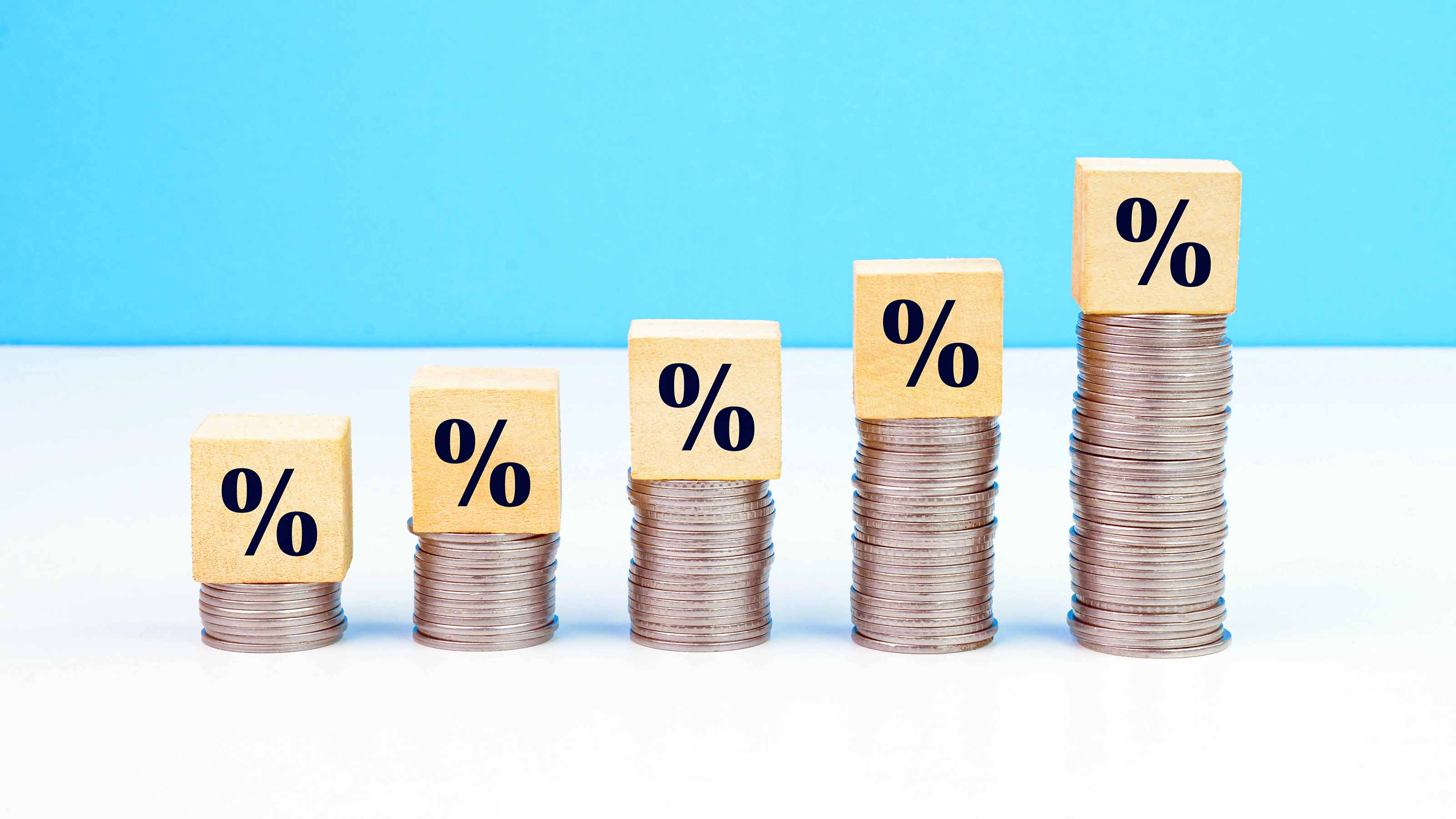 Best Stocks for Rising Interest Rates
Best Stocks for Rising Interest Ratesstocks The Federal Reserve has been aggressive in its rate hiking, and there's a chance it's not done yet. Here are eight of the best stocks for rising interest rates.
-
 The Five Safest Vanguard Funds to Own in a Volatile Market
The Five Safest Vanguard Funds to Own in a Volatile Marketrecession The safest Vanguard funds can help prepare investors for market tumult but without high fees.
-
 The 5 Best Inflation-Proof Stocks
The 5 Best Inflation-Proof Stocksstocks Higher prices have been a major headache for investors, but these best inflation-proof stocks could help ease the impact.
-
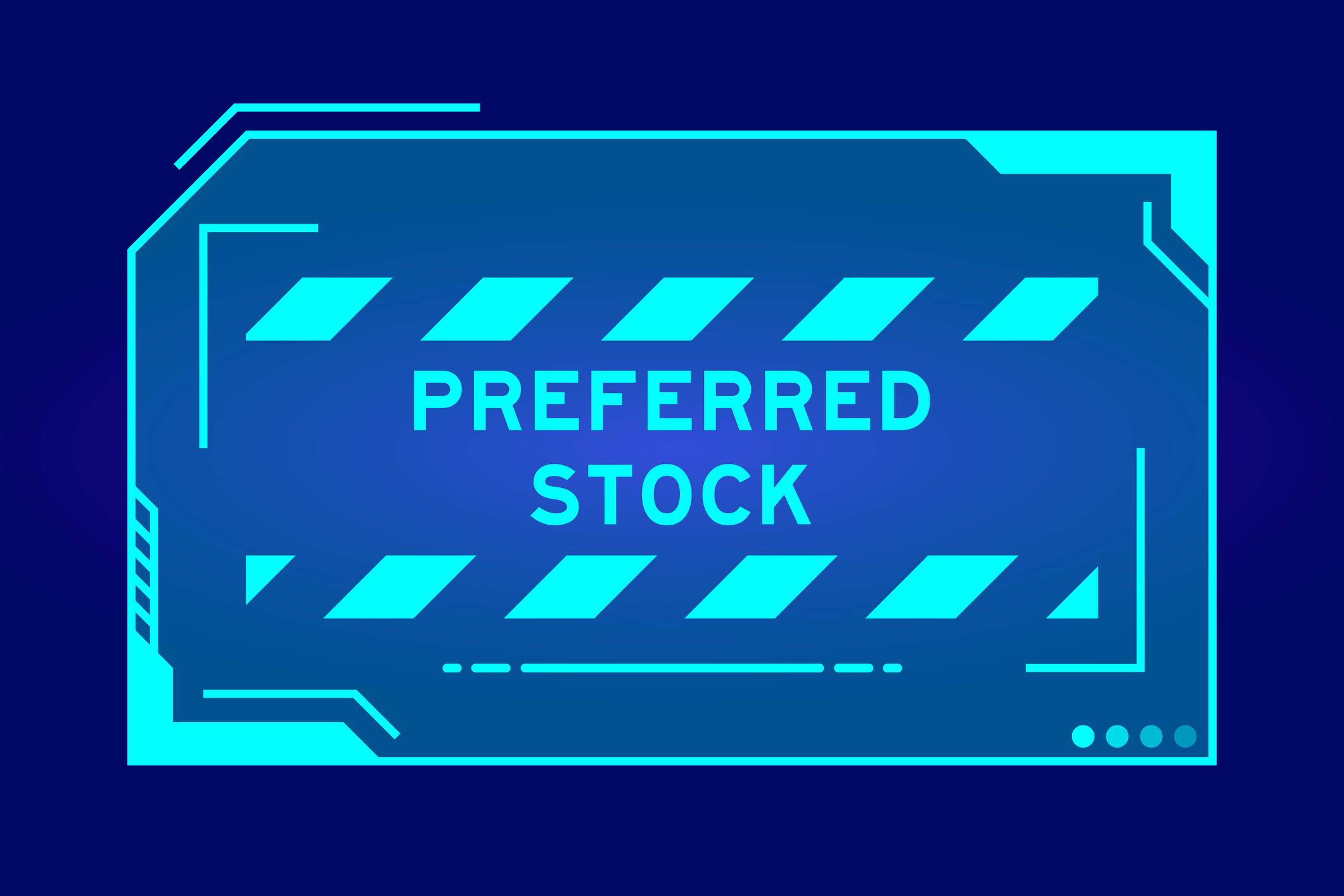 5 of the Best Preferred Stock ETFs for High and Stable Dividends
5 of the Best Preferred Stock ETFs for High and Stable DividendsETFs The best preferred stock ETFs allow you to reduce your risk by investing in baskets of preferred stocks.
-
 What Happens When the Retirement Honeymoon Phase Is Over?
What Happens When the Retirement Honeymoon Phase Is Over?In the early days, all is fun and exciting, but after a while, it may seem to some like they’ve lost as much as they’ve gained. What then?
-
 5 Top-Rated Housing Stocks With Long-Term Growth Potential
5 Top-Rated Housing Stocks With Long-Term Growth Potentialstocks Housing stocks have struggled as a red-hot market cools, but these Buy-rated picks could be worth a closer look.

